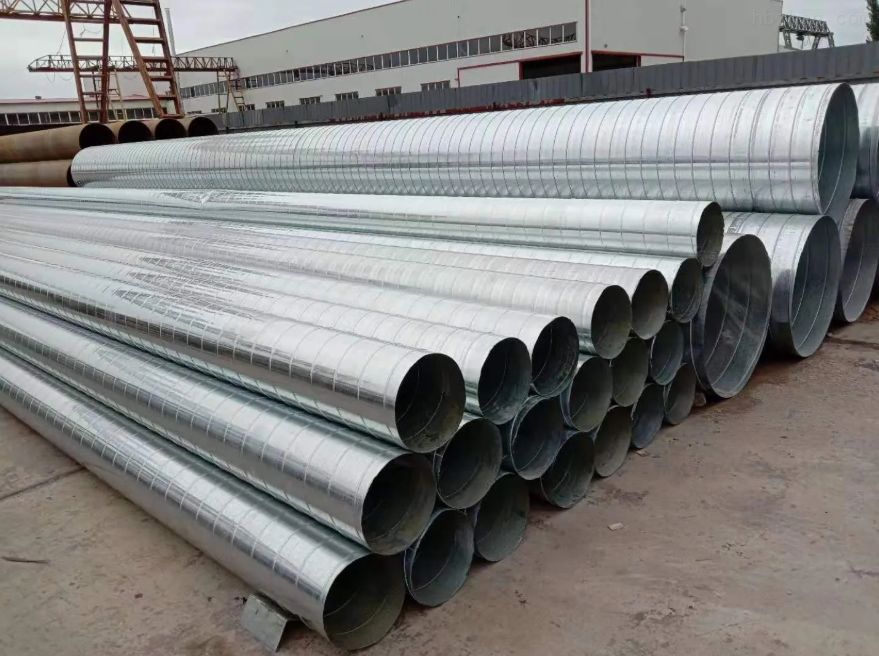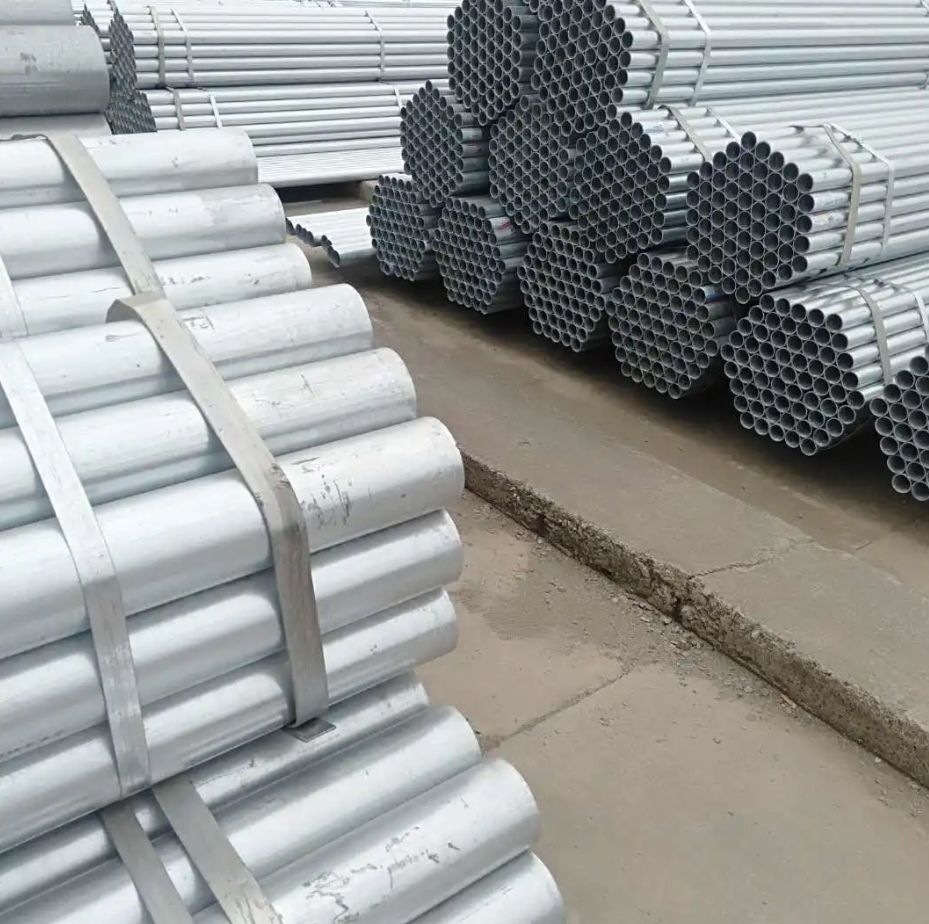The thickness of hot-dip galvanized layer has the advantages of uniform coating, strong adhesion, long service life and so on. The cost of galvanizing is low, the surface is not very smooth, and its corrosion resistance is much worse than that of hot-dip galvanized pipe. The formation process of hot-dip galvanizing layer is the process of forming iron zinc alloy between the iron matrix and the outermost pure zinc layer. The iron zinc alloy layer is formed on the surface of the workpiece during hot-dip galvanizing, which makes the good combination between iron and pure zinc layer. The process can be simply described as: when the iron workpiece is immersed in molten zinc, it is zinc slag. When the workpiece is removed from the zinc immersion solution, a pure zinc layer is formed on the surface, which is hexagonal crystal. Its iron content is not more than 0.003%.


Hot dip galvanized pipe:
It is to make the molten metal react with the iron matrix to produce an alloy layer, so as to combine the matrix and the coating. Hot dip galvanizing is to pickle the steel pipe first. In order to remove iron oxide on the surface of the steel pipe, after pickling, it is cleaned in ammonium chloride or zinc chloride aqueous solution or ammonium chloride and zinc chloride mixed aqueous solution tank, and then sent to the hot dip galvanizing tank. Hot dip galvanizing has the advantages of uniform coating, strong adhesion and long service life. Most of the processes in the North adopt the process of directly rolling galvanized strip to supplement zinc. The steel pipe matrix and the molten plating solution have complex physical and chemical reactions, forming a corrosion-resistant zinc iron alloy layer with a tight structure. The alloy layer is integrated with the pure zinc layer and the steel pipe matrix. Therefore, it has strong corrosion resistance.
Post time: Aug-05-2022
